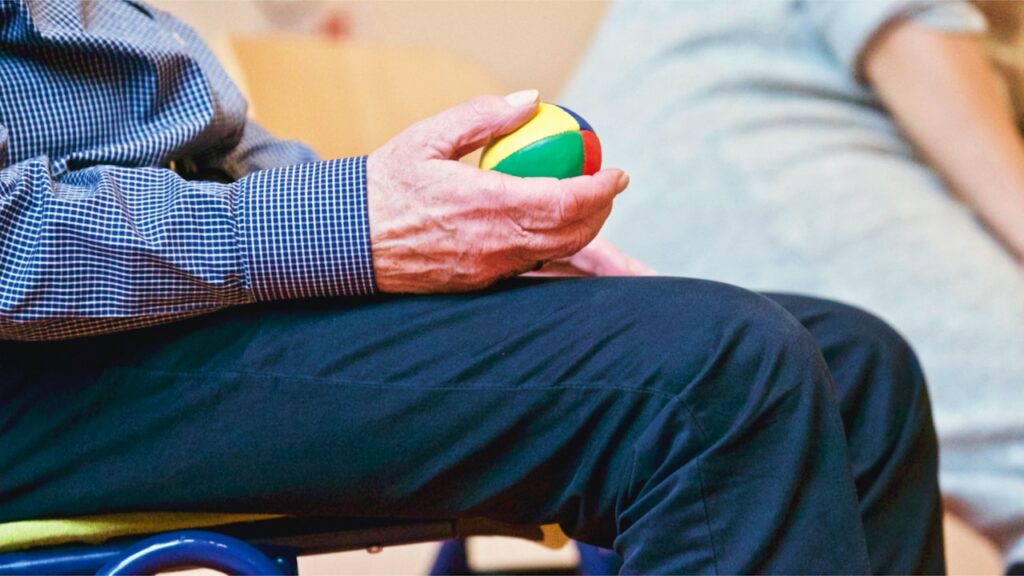When I had the idea of training to become a physio, I was all set on sport and treating elite athletes.
However, I soon learned that there were actually multiple types of physiotherapy that focus on different patients and conditions.
During our training, we get to experience each form of physiotherapy, building a core general knowledge, before going on to specialise in our chosen field.
In this article, we’ll take a brief look at the different types of physiotherapy and what each one means.
Types of Physiotherapy
There are numerous types of physiotherapy, each with a specific focus and target population. Some of the different types of physiotherapy include:
1. Musculoskeletal physiotherapy
This type of physiotherapy focuses on the musculoskeletal system, which includes the bones, muscles, ligaments, and tendons. Musculoskeletal physiotherapy is commonly used to treat conditions such as back pain, neck pain, arthritis, and sports injuries. Techniques used in musculoskeletal physiotherapy may include exercises, stretches, massage, and joint mobilization.
2. Neurological physiotherapy
This type of physiotherapy focuses on the nervous system, including the brain and spinal cord. Neurological physiotherapy is commonly used to treat conditions such as stroke, traumatic brain injury, spinal cord injury, and multiple sclerosis. Techniques used in neurological physiotherapy may include exercises to improve muscle strength and coordination, as well as techniques to improve mobility and function.
3. Geriatric physiotherapy
This type of physiotherapy focuses on the needs of older adults, who may be more prone to falls, mobility issues, and other age-related conditions. Geriatric physiotherapy may include exercises to improve balance and coordination, as well as techniques to improve mobility and function.
4. Cardiorespiratory physiotherapy
This type of physiotherapy focuses on the cardiovascular and respiratory systems. Cardiorespiratory physiotherapy is commonly used to treat conditions such as asthma, chronic obstructive pulmonary disease (COPD), and heart disease. Techniques used in cardiorespiratory physiotherapy may include exercises to improve cardiovascular endurance and respiratory function, as well as techniques to improve mobility and function.
5. Pediatric physiotherapy
This type of physiotherapy focuses on the needs of children and young people, who may have different physical and developmental needs than adults. Pediatric physiotherapy may be used to treat conditions such as cerebral palsy, developmental delay, and sports injuries. Techniques used in pediatric physiotherapy may include exercises to improve muscle strength and coordination, as well as techniques to improve mobility and function.
6. Women’s health physiotherapy
This type of physiotherapy focuses on the needs of women, including pregnancy and postpartum care, as well as issues related to the pelvic floor muscles, such as incontinence and prolapse. Techniques used in women’s health physiotherapy may include exercises to improve muscle strength and coordination, as well as techniques to improve mobility and function.
7. Occupational physiotherapy
This type of physiotherapy focuses on helping individuals with disabilities or injuries return to work or participate in daily activities. Occupational physiotherapy may include techniques to improve mobility, strength, and function, as well as strategies to help individuals adapt to their limitations and find ways to participate in their desired activities.
In conclusion, physiotherapy is a diverse and multifaceted healthcare profession that includes numerous types of therapy to meet the specific needs of different populations.
Whether an individual is seeking relief from musculoskeletal pain, recovering from a neurological injury, or trying to improve their cardiovascular or respiratory function, there is a form of rehabilitation that can help.
